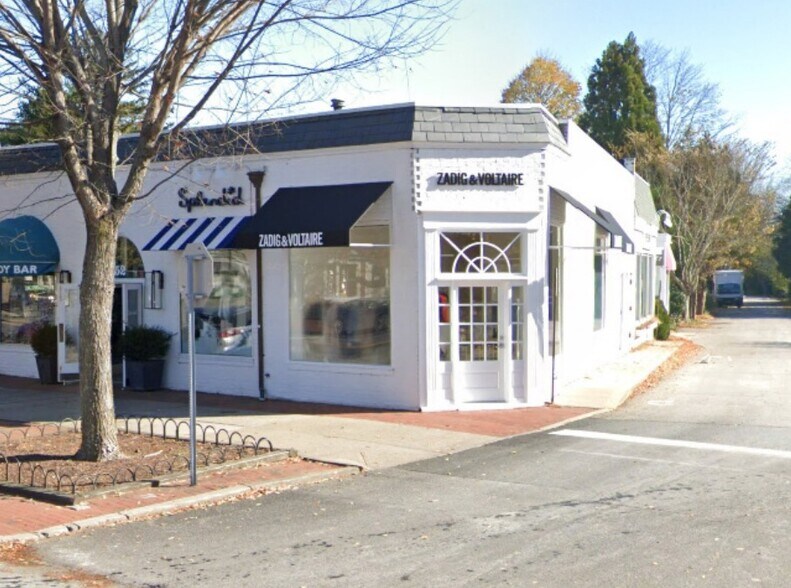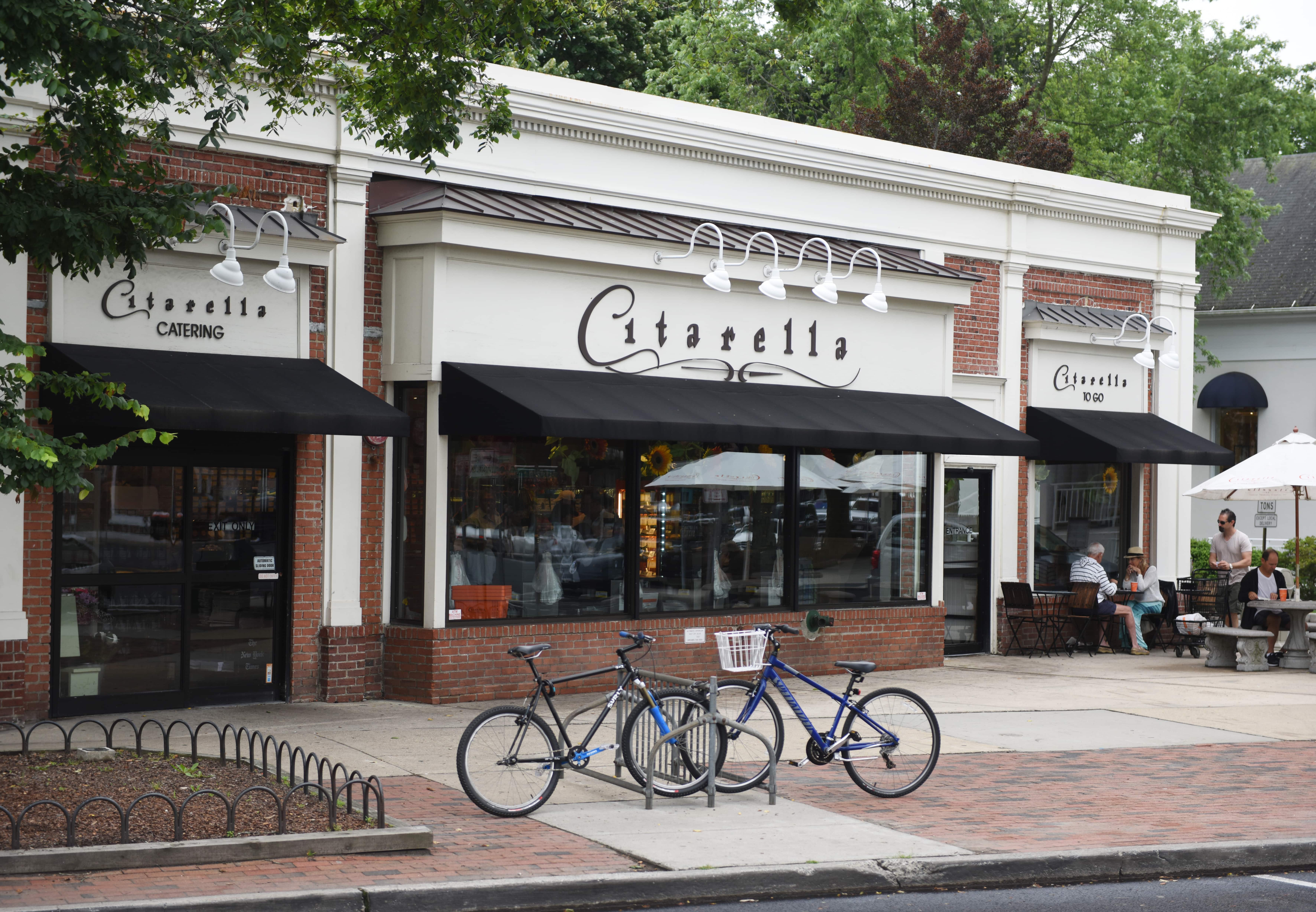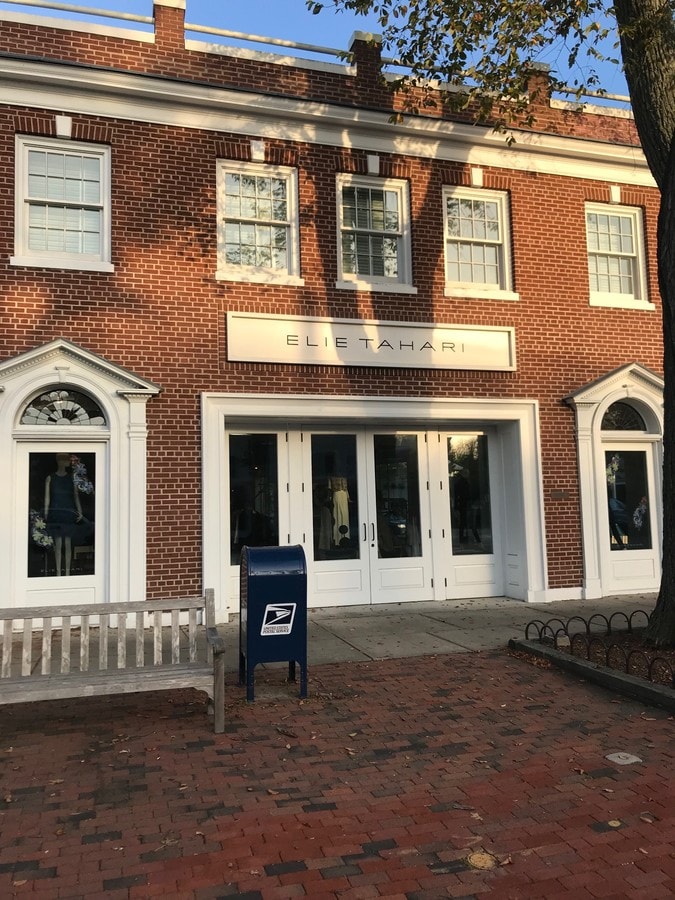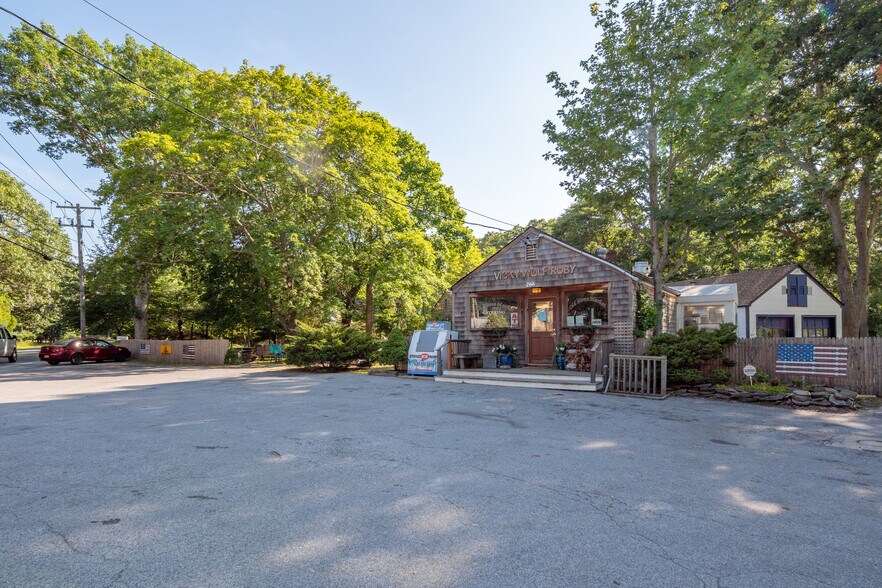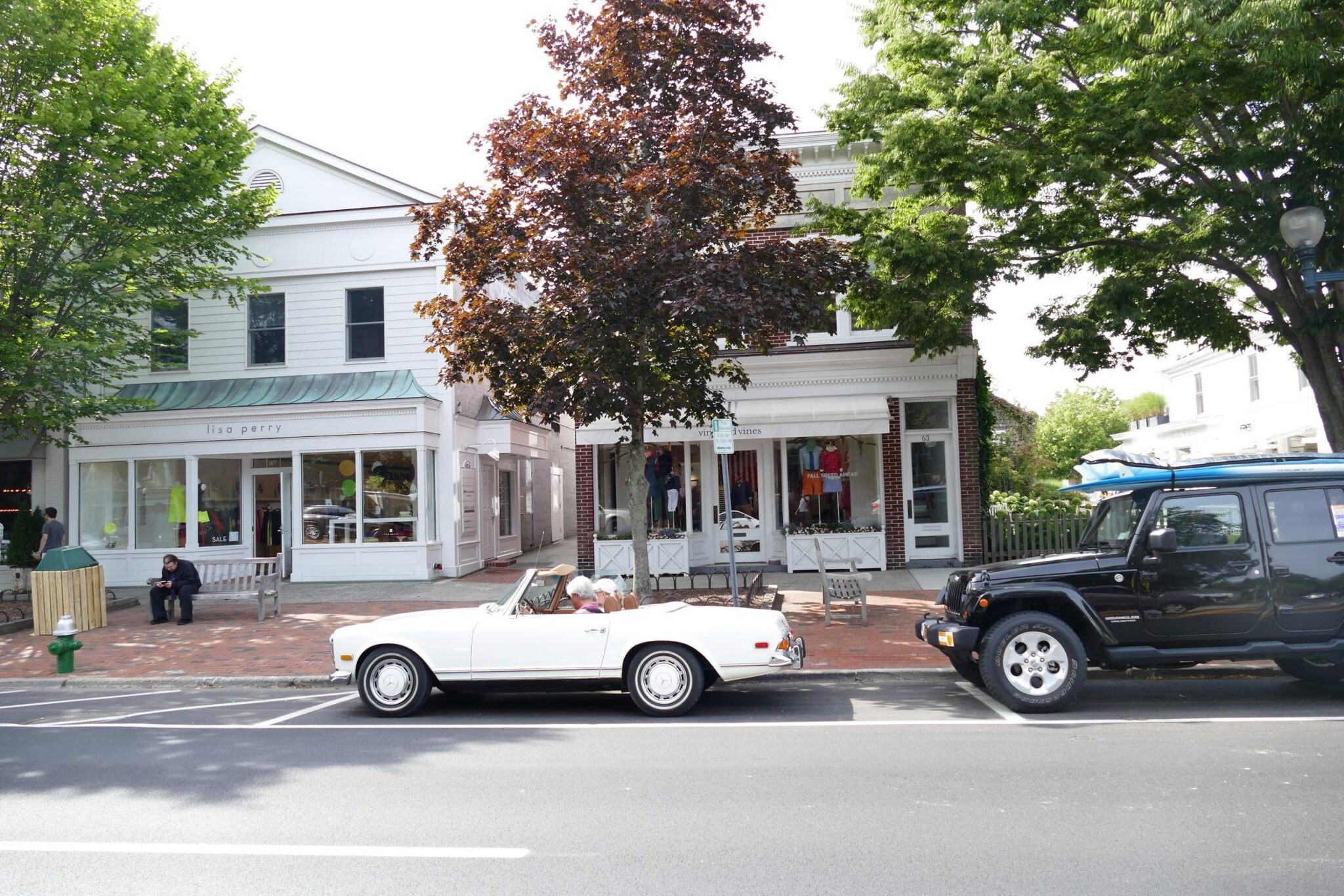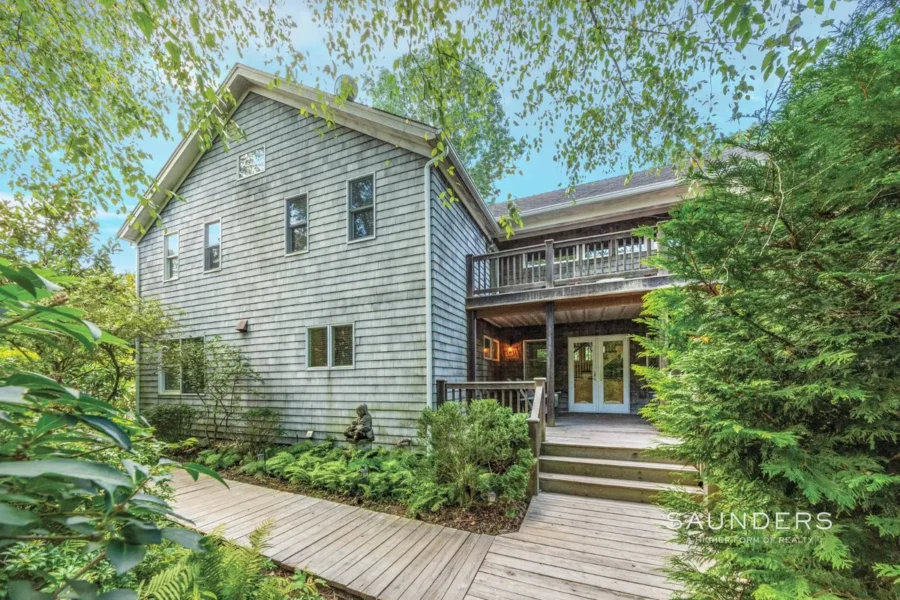One Stop Market East Hampton Ny

The quaint village of East Hampton, a haven for affluence and understated elegance, is currently embroiled in a heated debate surrounding the future of its beloved, yet aging, One Stop Market. More than just a grocery store, One Stop has served as a community hub for generations, its weathered facade a familiar landmark in a town increasingly defined by luxury boutiques and high-end eateries. Now, facing mounting pressure from rising rents and the allure of redevelopment, the market's fate hangs precariously in the balance, sparking anxieties about the preservation of local character in the face of relentless commercial transformation.
At its core, this story is about more than just a single business. It's a microcosm of the broader struggle facing many small towns across America: balancing economic progress with the preservation of community identity. The future of One Stop Market encapsulates the tension between catering to a wealthy, transient population and serving the needs of long-term residents who form the bedrock of East Hampton's cultural heritage.
A Local Institution: More Than Just Groceries
Established in the mid-20th century, One Stop Market quickly became a cornerstone of East Hampton life. For decades, it was the place where locals gathered not only for essential groceries but also for casual conversations, town gossip, and a sense of shared community.
Generations of families have relied on One Stop for everything from picnic supplies for beach outings to ingredients for holiday feasts. Its aisles, though perhaps less meticulously curated than those of newer, upscale markets, hold a certain charm and a comforting familiarity for those who have grown up with it.
Many recall Mrs. Higgins, the original owner, always ready with a kind word and a helping hand. Her dedication fostered a sense of trust and loyalty that continues to resonate with many of today's customers.
The Changing Landscape of East Hampton
East Hampton has undergone a significant transformation in recent decades. Once a quiet fishing village and artist colony, it has evolved into a world-renowned destination for the wealthy, attracting celebrities, executives, and seasonal residents who contribute significantly to the local economy.
This influx of wealth has, however, driven up property values and rents, making it increasingly difficult for small, locally owned businesses to survive. The market has found itself at a crossroads.
"The economic pressure is immense," admits current owner, John Miller, whose family has operated the market for over 30 years. "We're doing everything we can to adapt, but the rising costs are a constant challenge."
The Threat of Redevelopment: A Modern Dilemma
Rumors of potential redevelopment have been circulating for months, fueled by the recent sale of neighboring properties to a real estate development firm based in Manhattan. These rumors have heightened anxieties among residents who fear that One Stop Market could be replaced by a luxury condominium complex or a high-end retail store.
While the developers have not publicly confirmed their plans for the site, their track record of constructing upscale projects in other affluent communities has done little to allay local concerns. The East Hampton Historical Society and other preservationist groups have begun mobilizing to protect One Stop Market, arguing that its historical and cultural significance outweighs its economic potential.
"This isn't just about saving a store," says Sarah Thompson, president of the Historical Society. "It's about preserving the soul of East Hampton."
Community Response and Advocacy
In response to the perceived threat, a grassroots movement has emerged to support One Stop Market. A petition urging the town council to protect the market has garnered thousands of signatures, and a series of community meetings have been organized to discuss potential solutions.
Some residents have suggested exploring options such as granting the market historic landmark status or establishing a community land trust to purchase the property. Others have proposed incentivizing the developers to incorporate the market into their plans, perhaps by offering tax breaks or other concessions.
The East Hampton Chamber of Commerce has also weighed in, emphasizing the importance of striking a balance between economic development and preserving the town's unique character.
A Balanced Perspective: Economic Realities vs. Community Values
While the community's desire to preserve One Stop Market is understandable, it is also important to acknowledge the economic realities facing the business. The market has struggled to compete with larger, more modern grocery stores, and its aging infrastructure requires significant investment.
Some argue that the property could generate significantly more revenue if it were redeveloped, providing increased tax revenue for the town and creating new jobs. However, opponents contend that the long-term cost of losing a vital community asset far outweighs any short-term economic gains.
The Town Council finds itself in a difficult position, tasked with balancing the competing interests of residents, businesses, and developers.
Looking Ahead: The Future of One Stop and East Hampton
The future of One Stop Market remains uncertain, but the community's passionate response has demonstrated its enduring value. The coming months will likely be critical as the Town Council considers the potential redevelopment plans and explores options for preserving the market. The success of this effort hinges on the ability of all stakeholders to engage in constructive dialogue and find creative solutions that address both economic and community needs.
Regardless of the ultimate outcome, the debate surrounding One Stop Market has highlighted the challenges facing East Hampton and other small towns as they grapple with the forces of economic change. Preserving the character of a place requires vigilance, collaboration, and a willingness to prioritize community values alongside economic imperatives.
The story of One Stop Market serves as a reminder that progress should not come at the expense of the places and institutions that define a community's identity.







